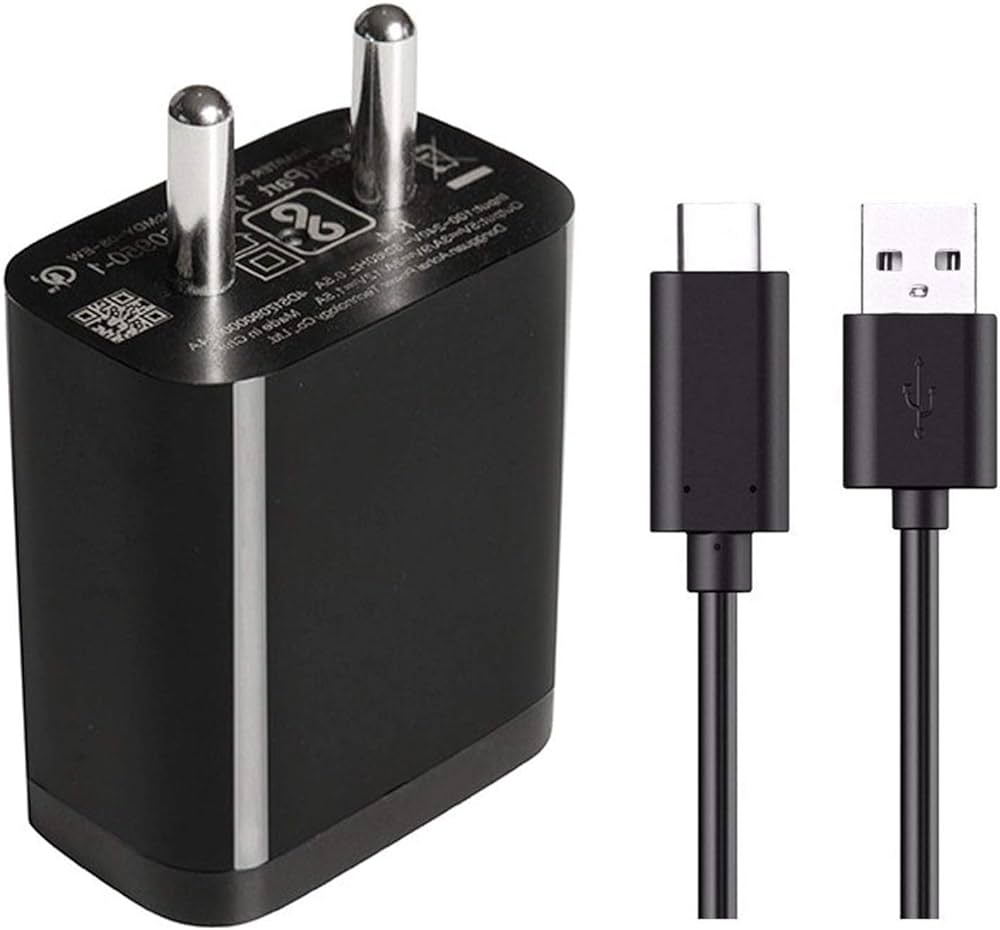10 way to use Chat GPT for profitable earning

Content Creation Service: Offer a service where users can input specific requirements, and ChatGPT can generate high-quality content for their websites, blogs, or social media. Product Descriptions: Provide a platform where businesses can input details about their products, and ChatGPT can generate compelling and persuasive product descriptions to enhance online sales. Email Marketing Assistance: Develop a tool that uses ChatGPT to assist in crafting engaging email marketing campaigns, improving open and click-through rates. Social Media Management: Create a service that utilizes ChatGPT to generate social media posts, captions, and comments, saving time for businesses looking to maintain an active online presence. Resume and Cover Letter Generator: Offer a tool for job seekers to input their details, and ChatGPT can generate personalized and professional resumes and cover letters. E-learning Content Creation: Develop a platform where educators can input topics, and ChatGPT can g...




